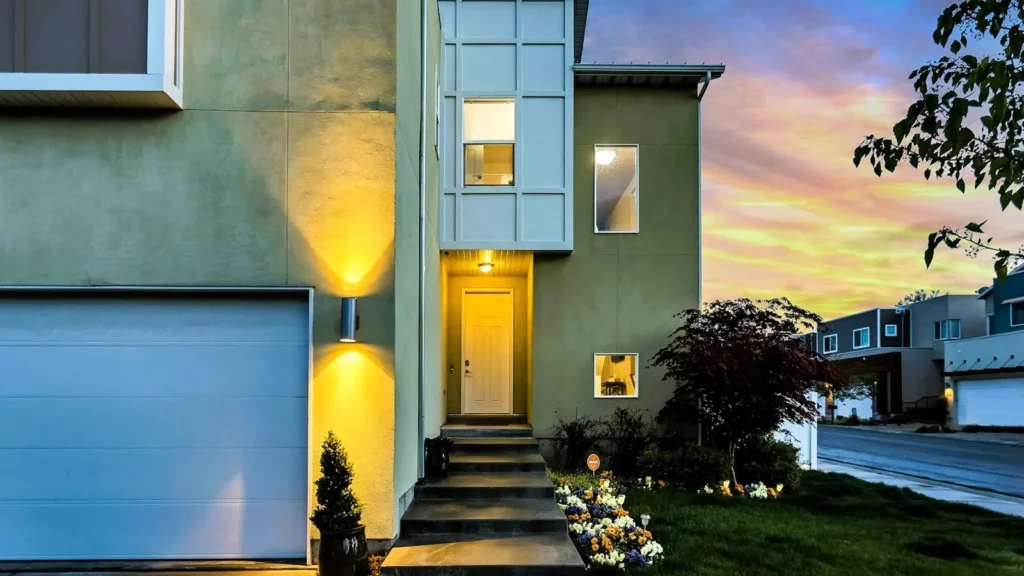A great deal has changed since the 1990s. Technology is far more advanced, the economy has evolved, and we’re far more connected with the world than ever before. However, perhaps some of the most pronounced changes have also been seen in real estate. Here are some of the many ways real estate has changed since the 1990s:

Properties Are More Accessible.
Viewing properties in the 1990s was typically a time-consuming and expensive process. If you were interested in residential or commercial real estate sales and leasing, you often had to make special trips to see properties in person, wherever they were located in the country.
There is still nothing quite like viewing properties in person today, but we have other options. We can look at online listing photos, videos, and even VR property tours that make you feel like you’re truly walking through a property.
Real Estate Experts Are More Accessible.
As most property buyers and sellers know, multiple experts are involved in the average property transaction. Lawyers, realtors, accountants, mortgage brokers, building inspectors, and insurance brokers are just some of the many.
These days, you can type who you’re looking for and your location into a search engine and find many different options to choose from. Back in the 1990s, the selection process was a little more challenging. We were more likely to rely on recommendations from other experts and people we know, rather than making our choices based on testimonials and reviews we read online.
Lending Rates Are Lower.
Mortgage lending rates today are far higher than most people would prefer, with 30-year fixed rates sitting at 6.09% in August 2024. That’s significantly higher than the mortgage rates we saw in 2020, which reached shocking lows of under 3%.
However, as high as mortgage rates are today, they have certainly been higher. Just before the turn of the decade into the 1990s, homeowners were paying a median mortgage rate of 12.82%. That dropped to 7.88% in the 1990s, with a maximum rate of 10.67%.
Lending rates are certainly lower today, but there’s no denying our repayments are far from the lows seen in the 1990s.
Changing Consumer Preferences.
We all have different values and preferences for the properties we want to buy. That hasn’t changed since the 1990s. However, the things that are most important to us may have slightly shifted. More property purchasers than ever before are now considering sustainability and green living. They are curious about whether their residential and commercial properties have been built with energy-efficient, sustainable, and eco-friendly materials.
Many people are also exploring urban living – preferring to live in cities with convenient access to public transport, jobs, and amenities.
Property Prices Are Higher.
You won’t find too many things that don’t cost more today than they did in the 1990s. For example, bread now costs 138% more to buy in 2024 than it did in 1997. The same goes for many properties.
Median sale prices in the 1990s varied across all states, with some in more demand than others, but some states have seen increases of more than 700% since then. For example, the market median sale price in Idaho in 1990 was $58,000. By 2022, it was $478,715—an increase of 725%.
So much has changed from the 1990s till now, and the property market is no different. From changing consumer preferences and lending rates to more access to professionals and properties, we’ve certainly come a long way in just a few decades.

